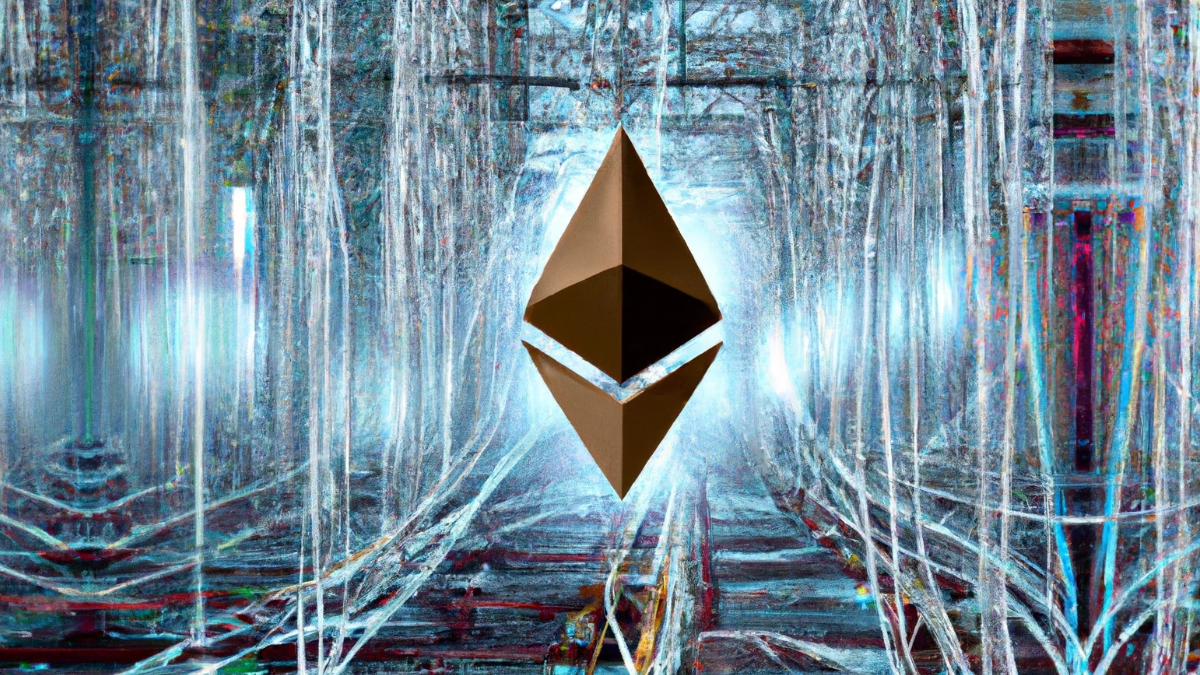
¶ Danksharding and Rollups
¶ Prerequisites
¶ Settlement
Settlement is the "final step in the transfer of ownership, involving the physical exchange of securities or payment".
After settlement, the obligations of all the parties have been discharged and the transaction is considered complete.
¶ The World Computer
Ethereum is the World Computer, a single, globally shared computing platform that exists in the space between a network of 1,000s of computers (nodes).
The Ethereum Virtual Machine (EVM) provides the virtual computer, the blockchain recording its history.
Each node runs a local version of the EVM, which is then held perfectly in sync with every other copy of the EVM through a process called Proof of Stake (PoS).
Any individual EVM is a window into the shared state of the World Computer.
At the end of the day, real computers need to run the Ethereum software. And so, the World Computer is limited by the minimum requirements it sets for nodes.
Here lies a fundamental trade-off: higher minimum requirements = less decentralization.
¶ Rollup-centric Roadmap
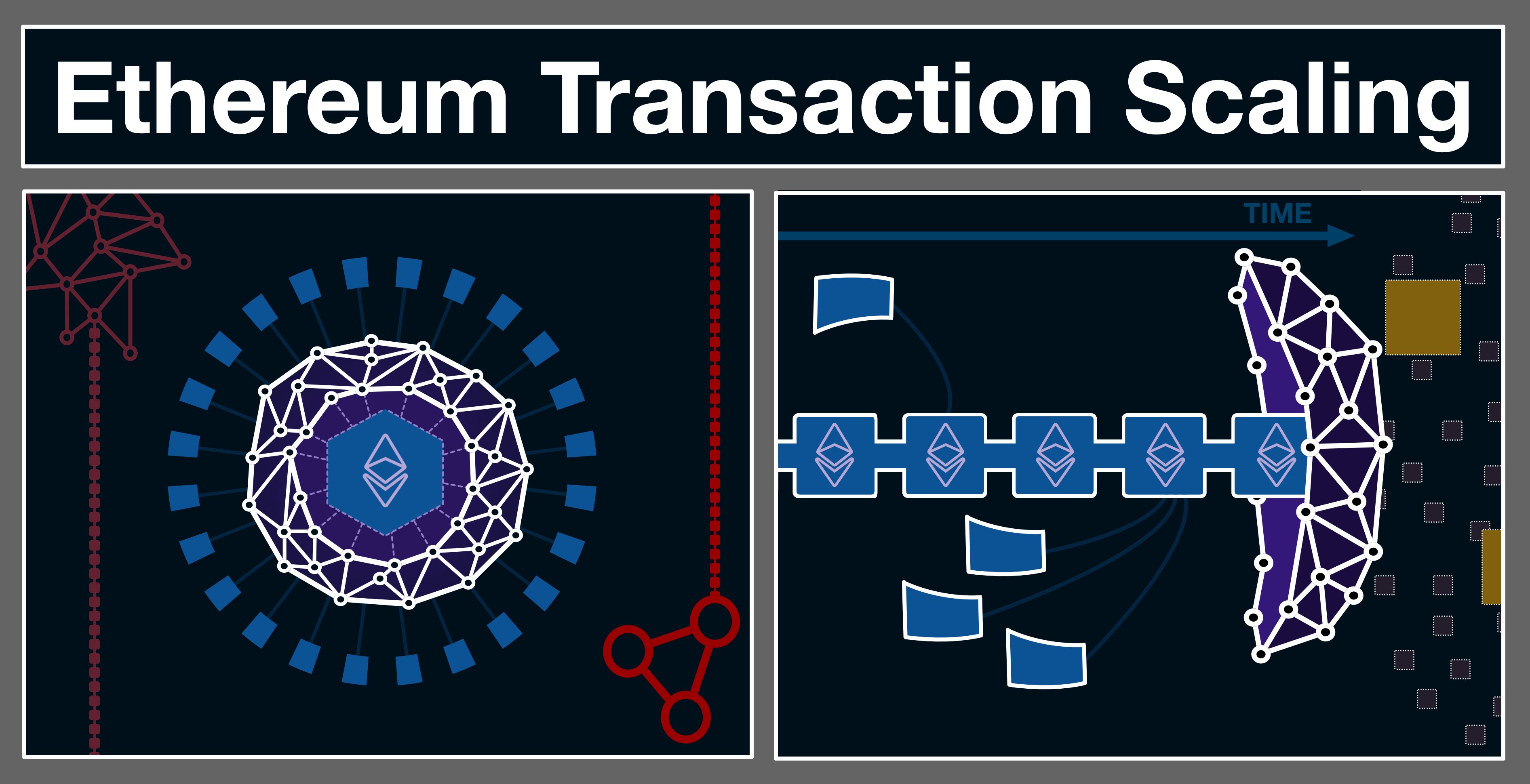
Deep Dive: Scaling Ethereum Execution
Enter Ethereum's rollup-centric roadmap:
- computation will migrate from the EVM to rollups
- rollups will settle to Ethereum (post the final copy of ownership to mainnet)
- Danksharding will increase Ethereum's capacity for this data
From this point, I'll assume you are familiar with rollups:
- Optimistic rollups automatically accept batches, but leave a challenge period for fraud proofs
- ZK-rollups submit validity proofs along with batches
¶ Data Availability Scaling
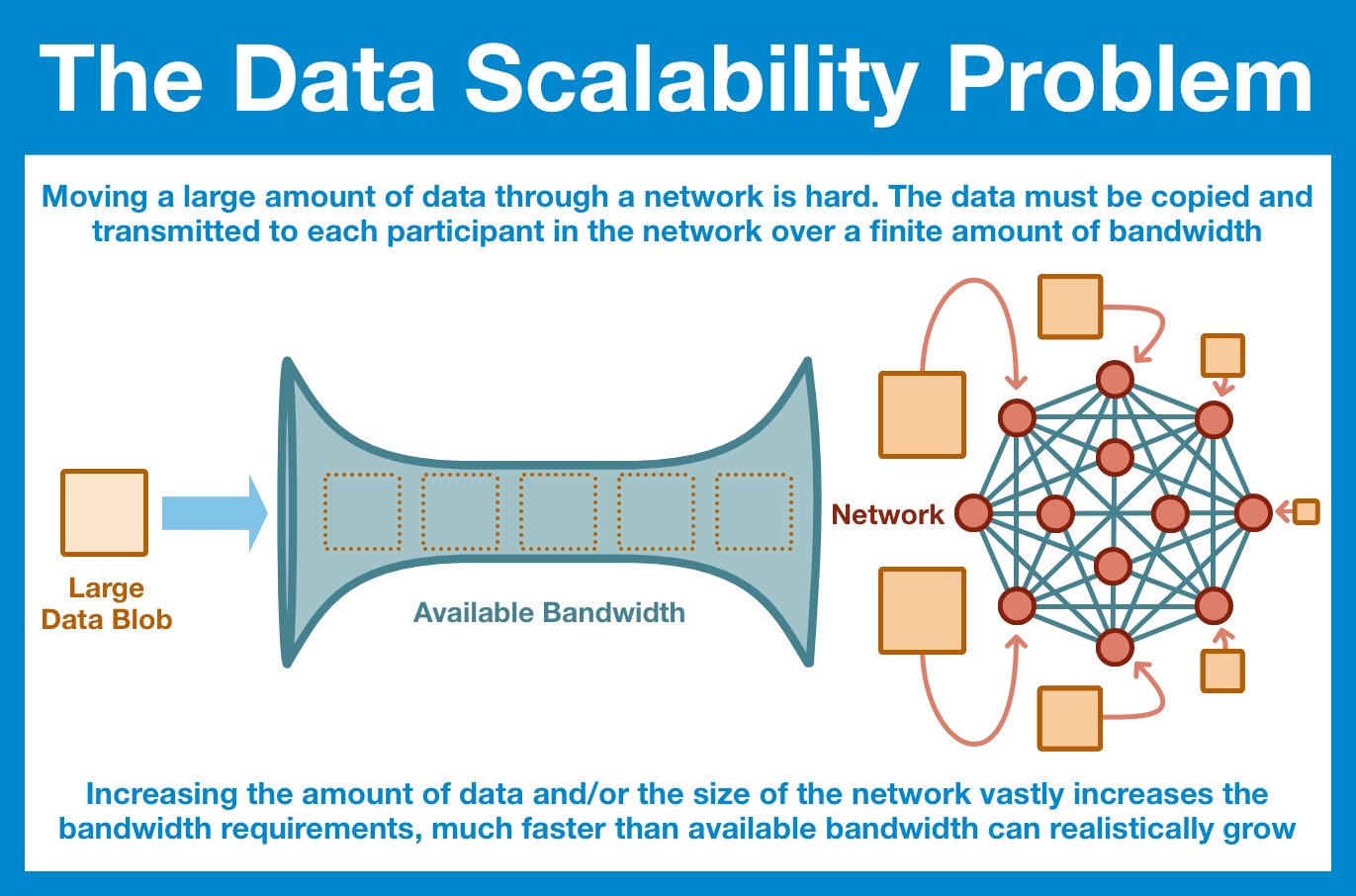
Deep Dive: The Data Availability Bottleneck
Rollups are an elegant solution to Ethereum computational bottleneck, but that is only part of the problem.
The rollup paradigm is based on final settlement on Ethereum, and that requires rollups to post a copy of every transaction to mainnet.
In order to achieve Ethereum-based settlement, each rollup has a smart contract on mainnet.
The external rollup chain will execute thousands of transactions and then periodically send a compressed bundle to this smart contract.
Today, there is one place to "store" data on Ethereum: you can pass it into a smart contract in the same way you would pass variables and other computational variables.
Herein lies the solution to the data availability bottleneck: create dedicated space for rollups.
¶ Danksharding
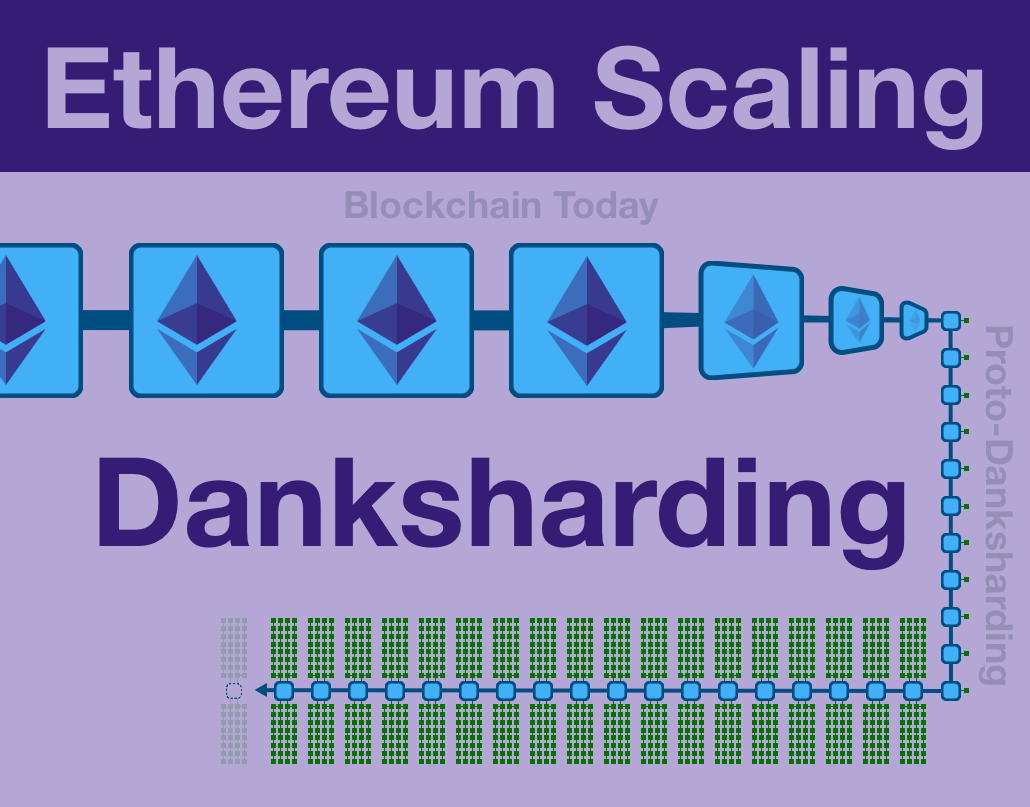
Long term, we have a solution: Danksharding.
Tl;dr Ethereum will gain "blobs" (large data chunks inaccessible by the EVM). Ethereum will guarantee the availability all blob data for a long but limited amount of time.
Post-Danksharding, when a blob is posted to Ethereum it will be immediately archived by services like Etherscan or the Portal Network.
Then after ~1 month, blobs will expire. Only a cryptographic signature will remain on the blockchain/within the EVM in perpetuity.
At this point, there may be a nagging feeling in the back of your head; I've mentioned a few times now that blobs wont be accessible by the EVM...
The problem is that rollups, both optimistic and zk, need access to this data in order to function...
...right?
Of course not! We've got the magic of KZG Commitments!
¶ KZG Commitments
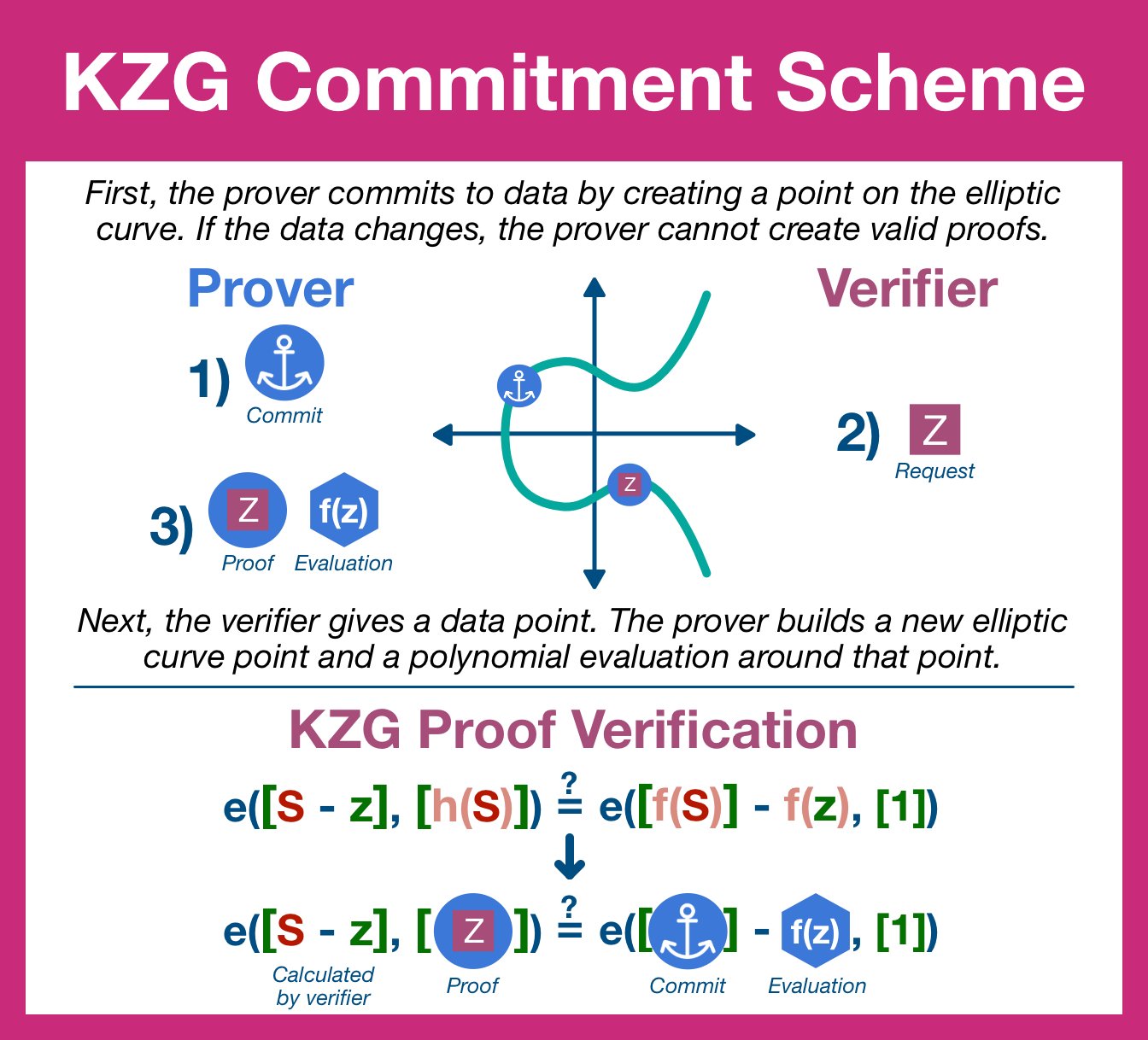
Deep Dive: KZG Commitment Scheme
Tl;dr KZG commitments allow each blob to be compressed to a single value. Using elliptic curve cryptography, you can use this value to prove a specific piece of data existed in a blob.
Every single time a new block is created, a block builder will first gather all of the blobs and compute KZG commitments and add them to the block.
Though the EVM wont have access to the blobs directly, it will have access to these commitments.
This is the true magic of KZG commitments - of elliptic curve cryptography! Using just this lightweight commitment, the EVM effectively has access into the blobs...
...even after they expire!
All with cryptographic, trustless certainty.
¶ Rollups in a post-Danksharding World
So let's talk specifically about how this would be implemented. Once again, if you don't have a good understanding of how rollups work, please see this article.
Let's imagine an optimistic and zk rollup in a post-Danksharding world.
¶ Optimistic Rollups
By definition, optimistic rollups don't need access to the blob data when its posted; they only need it when fraud proofs are being submitted.
Posting an update to an optimistic rollup would remain largely unchanged, simply adding a reference to the KZG commitment.
During a fraud proof challenge period, the rollup-smart contract would need access to all the previous transactions (stored in blobs).
The fraud proof will include KZG proofs, which will be verified against the stored reference; then verification can continue as it does today.
¶ ZK-Rollups
On the other hand, the smart contract for zk-rollups don't need access to the transaction data ever - however, they do need to prove that they did post the transaction data to Ethereum.
Just to over-emphasize, settlement requires transaction data to be made available.
Post Danksharding, zk-rollups will post 2 commitments:
- whatever zero-knowledge proof it uses internally
- the KZG commitment for the data in the blob with the transaction data
The the smart contract will verify both of these commitments refer to the same data.
In order to prove the two commitments refer to the same data, the smart contract would use a Proof of Equivalence Protocol (this has math that might make you squeamish, just know that you can prove equivalence).
¶ Summary
And that is how rollups are going to work in a post-Danksharding world.
The big takeaways:
- Danksharding will create blobs, data external to but provable by the EVM
- Rollups will use the same paradigms we have today, but will rely on KZG commitments
If you found this interesting, then you might want to participate in building the core Ethereum protocol by contributing to the KZG-summoning ceremony!
You've got ~2 months, but don't forget. Help secure the World Computer!
¶ Resources
Source Material - Twitter Link